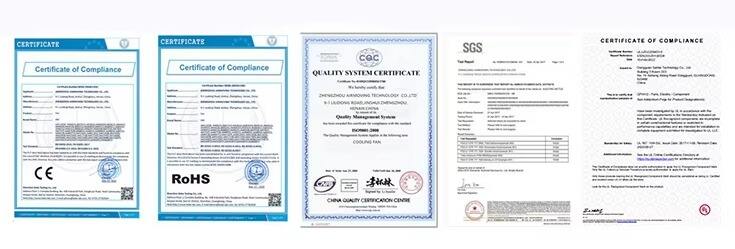Overhead Crane: Overhead Rail-Mounted Lifting Solution
Also known as a bridge crane or "tian che," an overhead crane operates on rails installed at the top of industrial buildings like factories or warehouses. Comprising a bridge frame, cart running mechanism, trolley running mechanism, and lifting mechanism, it enables material hoisting within a specified range, serving as a cornerstone in industrial production and logistics for its stability and efficiency.
Get A Quote
